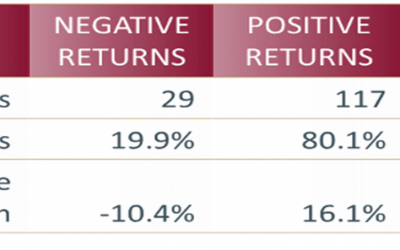Proposed changes to your super under Labor
Labor’s plan to axe cash refunds for excess franking credits and although this has hit the headlines they have other plans as well.
Labor vows to
· reduce the cap on non-concessional contributions to super to $75,000, from $100,000, in the year ending 30 June,2018.
· reduce a bring-forward cap of$225,000 over three years where total superannuation balance is less than $1.4 million just prior to a financial year
· a bring-forward cap of $150,000 over two years, for funds with a balance of between 1.4 million
· proposing to stop all catch-ups of unused concessional contribution cap amounts.
· Re-introduce the 10 per cent test stopping individuals who are employed form making personal tax deductable contributions.
· Decrease the Division 293 threshold to $200,000, this will have the effect of taxing super contributions at 30% for people making over $200,000. Currently they pay 15%.




